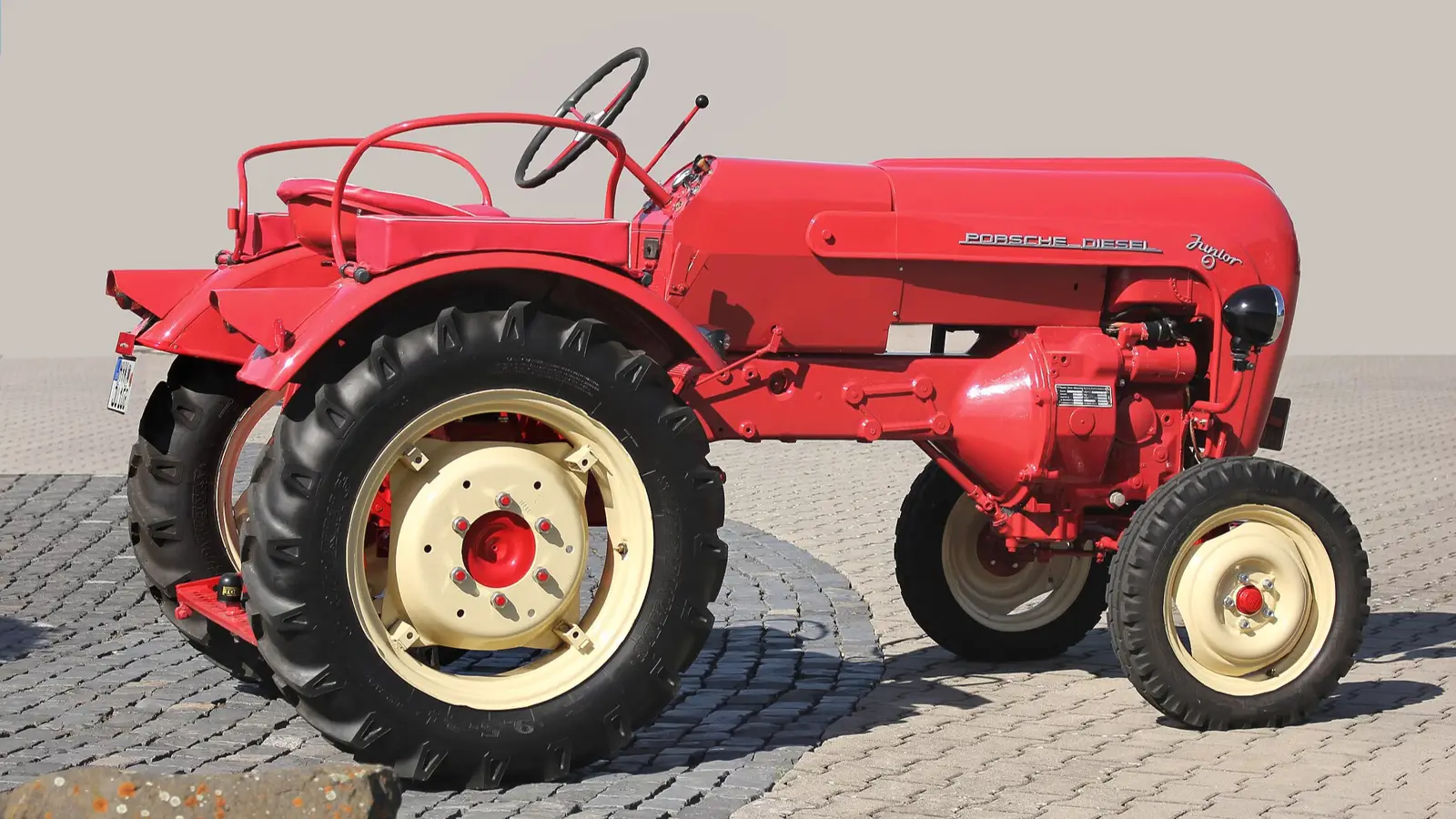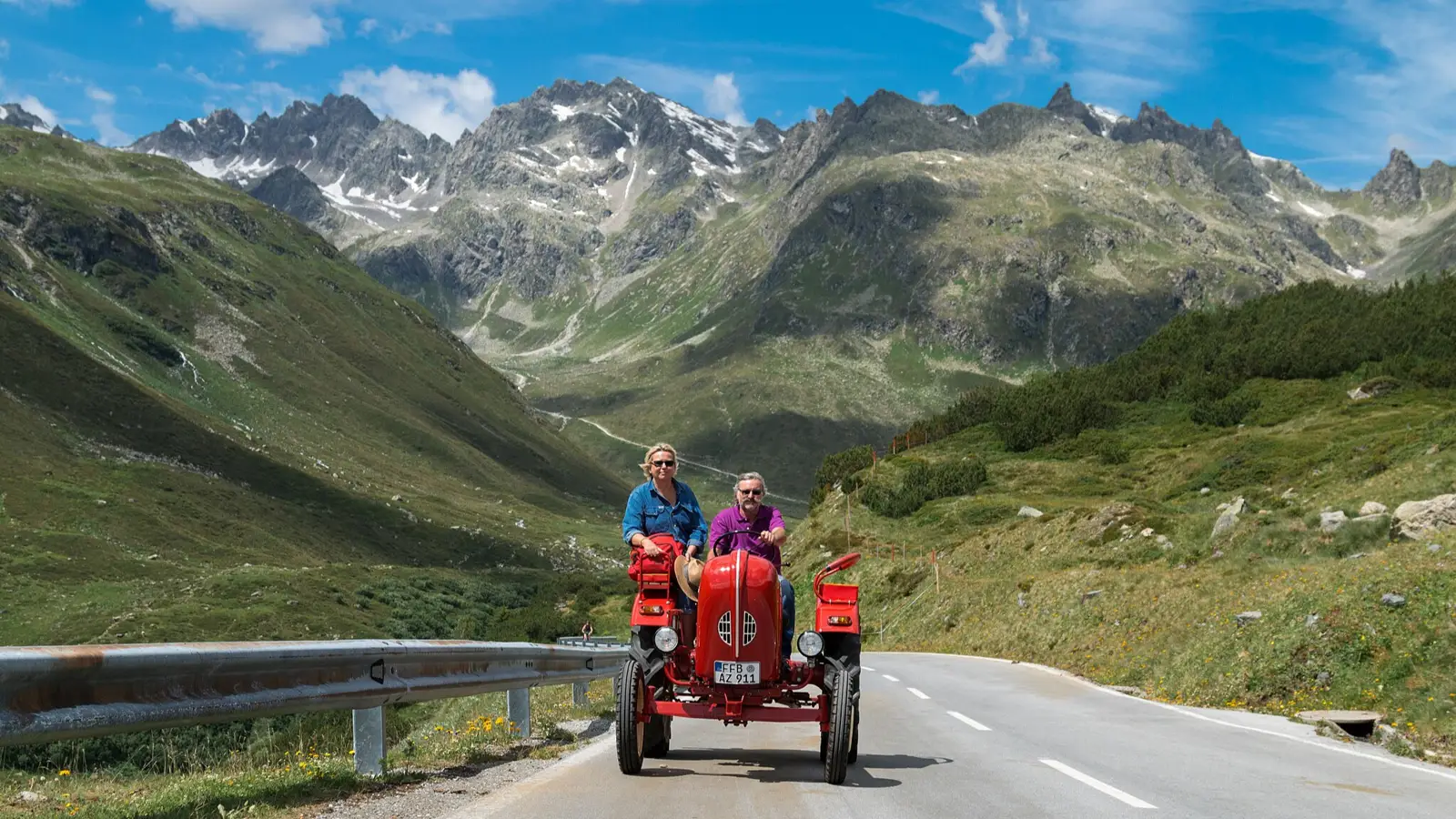The Forgotten Chapter: When Porsche Designed Tractors

Many don’t know Porsche made tractors before its sports cars rose to fame. Discover how and why this part of history is often overlooked.
When most people hear the name "Porsche," they picture high-performance sports cars tearing through winding mountain roads or dominating racetracks. Few would ever associate the prestigious German brand with something as earthy and utilitarian as a tractor. And yet, tucked away in the company’s early history is a chapter many have forgotten—or never even knew—about: Porsche once built tractors.
The story begins in the 1930s, when Ferdinand Porsche was tasked by the German government with designing a "Volks-Traktor"—a people’s tractor, meant to parallel the concept of the Volkswagen Beetle. In 1937, Porsche’s engineering team began drawing up designs under the label Type 110. By 1938, three working prototypes had been built, powered by innovative air-cooled V2 diesel engines. These tractors were designed to be simple, robust, and easy to maintain for the average farmer.
The war disrupted these plans. Although Porsche intended to produce the tractors in the town of Waldbröl, World War II derailed the project before it could go into mass production. After the war, new restrictions were placed on German manufacturers. Porsche, having never mass-produced tractors before the war, was legally barred from doing so independently.
Instead, production was licensed out. Allgaier GmbH in Germany and Hofherr Schrantz in Austria took over the job, assembling tractors based on Porsche’s original designs. In 1950, Allgaier launched the AP17—a 1.6-liter, two-cylinder, air-cooled diesel machine that embodied the original Porsche philosophy of functionality paired with clever engineering.
By 1956, things changed. The industrial giant Mannesmann AG purchased the production license and founded Porsche-Diesel Motorenbau GmbH, located in Friedrichshafen at a former Zeppelin factory. The brand began full-scale manufacturing of tractors under the Porsche-Diesel name. Between 1956 and 1963, over 125,000 units rolled off the assembly line, sold under various models like Junior, Standard, Super, and Master—ranging from 14 to 55 horsepower.
Technically, Porsche’s tractors were as innovative as their cars. They featured air-cooled diesel engines, a rarity at the time, and employed hydraulic clutches that made gear transitions smoother—especially useful in the rough terrain of farms. These features were not just novelties; they embodied Porsche’s commitment to user-friendly design.
Yet, by 1963, the dream was over. Competition in the agricultural machinery market was fierce, and Porsche’s attention shifted decisively toward its booming sports car business. The Friedrichshafen plant was eventually repurposed to produce diesel engines for NATO tanks—marking a sharp pivot from farmland to battlefield.

Why, then, do so few remember this chapter in Porsche’s history? One reason may be the relatively short production window: just seven years of full-scale manufacturing. Another is the stark contrast between the brand’s sleek, high-speed identity and the humble image of a farm tractor. Finally, Porsche itself never made a concerted effort to preserve or promote this part of its legacy.
And yet, all is not lost. A dedicated community of collectors, restorers, and enthusiasts keeps the Porsche-Diesel legacy alive. Websites like porsche-diesel.com and clubs such as the Porsche-Diesel Registry document existing models, share restoration tips, and help owners connect. For them, these tractors are more than machines—they are rolling pieces of forgotten engineering heritage.
As the interest in heritage brands and vintage machinery continues to grow, it’s possible that the Porsche tractor could experience a modest renaissance. It may never rival the 911 in fame, but among collectors and history buffs, it stands as a symbol of a time when Porsche's ambitions extended beyond the asphalt.
Ethan Rowden
2025, Jun 05 21:53


